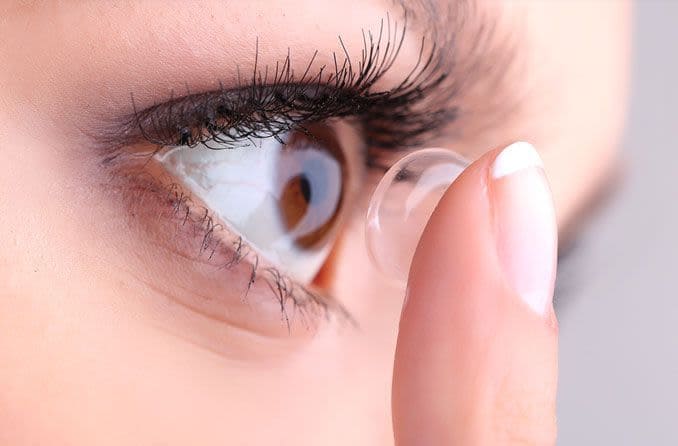What’s the most complex organ in the body? Some say it’s the human eye. Made of many working parts, the human eye functions much like a digital camera. Here’s how it works.
- Light enters the eye through the cornea, the clear front surface of the eye, which acts like a camera lens.
- The iris works much like the diaphragm of a camera–controlling how much light reaches the back of the eye. It does this by automatically adjusting the size of the pupil which, in this scenario, functions like a camera’s aperture.
- The eye’s crystalline lens sits just behind the pupil and acts like autofocus camera lens, focusing on close and approaching objects.
- Focused by the cornea and the crystalline lens, the light makes its way to the retina. This is the light-sensitive lining in the back of the eye. Think of the retina as the electronic image sensor of a digital camera. Its job is to convert images into electronic signals and send them to the optic nerve.
- The optic nerve then transmits these signals to the visual cortex of the brain which creates our sense of sight.
Perception, Color, and Image
The eye’s retina contains millions of tiny light-sensing nerve cells called rods and cones, which are named for their unique shapes.

- Cones are responsible for perceiving color and detail.
- Rods are responsible for night vision, peripheral or side vision, and detecting motion.
Rods and cones convert the light from our retinas into electrical impulses, which are sent by the optic nerve to the brain, where an image is produced. The macula is the part of the retina that gives us central vision. It’s how we see form, color, and detail in our direct line of sight.
Tears
Another function of the eye is to produce tears. Tears are important in maintaining healthy eyes. Tears nourish and lubricate the surface of the eye as well as wash away debris. A normal tear consists of water, oil, and mucus.
There are three main parts in the tear system:
- Glands that make the tear fluid, oil, and mucus
- Openings that let tears flow out of the eye
- Ducts inside the nose that tears drain through
We make fewer tears as we age and that can lead to a condition called dry eye. Dry eye may be triggered by hormonal changes in the body and is common among women during pregnancy and menopause. If you believe you have dry eye, it may be time to speak with your eye doctor. Schedule an appointment today.




10 Comments
Add Yours →It’s an awesome post for all the online people; they will take
benefit from it I am sure.
Hello my loved one! I wish to say that this post is awesome,
great written and come with almost all vital infos.
I would like to see more posts like this .
An impressive share! I have just forwarded this onto a
friend who had been doing a little homework on this. And he in fact bought me dinner because I found it for him…
lol. So allow me to reword this…. Thank YOU for the meal!!
But yeah, thanks for spending some time to talk about this matter here on your web page.
Way cool! Some very valid points! I appreciate you penning this post and the rest of the site is
really good.
I was able to find good advice from your blog
posts.
Thankfulness to my father who shared with me regarding this
website, this web site is actually remarkable.
I couldn’t refrain from commenting. Very well written!
Hello mates, its wonderful post on the topic of educationand fully explained, keep it
up all the time.
Just want to say your article is as surprising. The clarity for your post is simply nice and that i could
suppose you’re a professional in this subject. Fine with
your permission allow me to snatch your RSS feed to stay up to
date with coming near near post. Thanks a million and please carry on the gratifying work.
You actually make it seem so easy with your presentation but
I find this topic to be really something which I think I would never understand.
It seems too complicated and very broad for me. I’m looking forward for
your next post, I will try to get the hang of it!